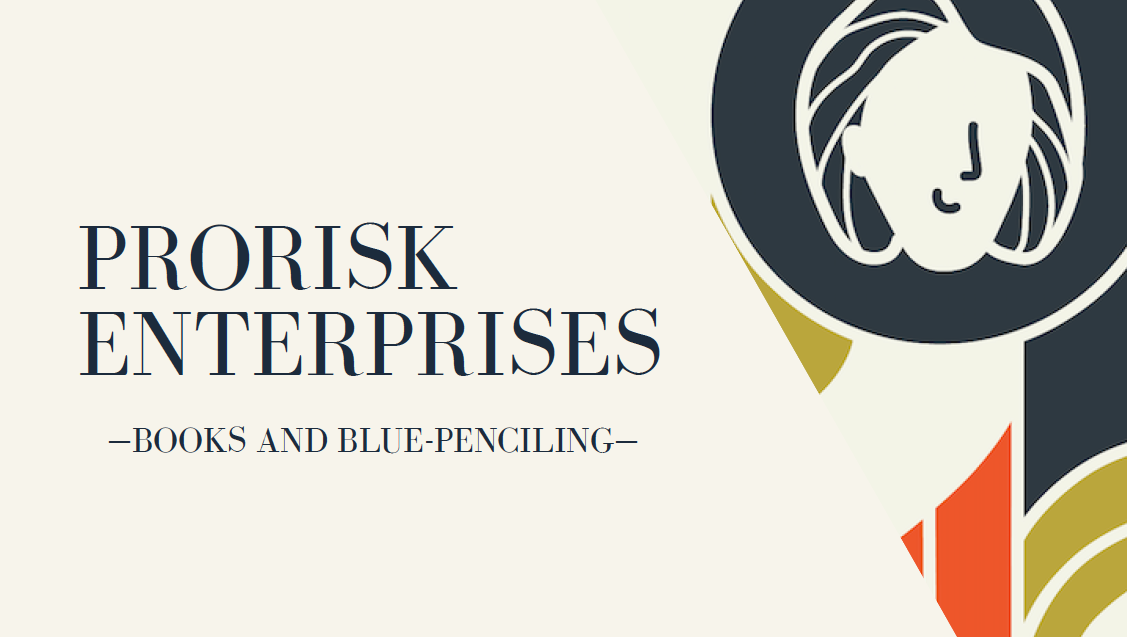Editing your blog posts is more than a quick spell-check. It’s the process of fine-tuning your ideas, ensuring clarity, and optimizing for SEO. Whether you’re a seasoned blogger or just starting out, good editing can take your content from average to exceptional. Here’s how you can master the process of editing blog posts effectively.
Understanding the Editing Process
Editing is not just about correcting typos. It’s a critical phase where you refine your content to make it more engaging, readable, and shareable. Well-edited posts grab attention and keep readers coming back for more.
The Difference Between Editing and Proofreading
While both editing and proofreading improve your content, they’re not quite the same. Editing focuses on the structure, flow, and relevance of your content. It ensures your ideas make sense and resonate with your audience. On the other hand, proofreading tackles grammar, punctuation, and typos. Both are essential, but editing sets the foundation for a better draft. To dive deeper, The Writing Center explains common issues to watch out for during proofreading.
Stages of the Editing Process
Editing is a layered approach that usually includes:
- Developmental Editing: Big-picture stuff—does the content make sense? Is it cohesive?
- Line Editing: Polishing on a sentence-by-sentence level for clarity and flow.
- Copyediting: Ensuring technical accuracy, consistency, and style adherence.
Each stage builds on the last, so skipping any could leave gaps in your content. I have included details of each style on my webpage What I Do.
Techniques for Effective Editing
Every writer needs a solid editing game plan. These techniques can help you sharpen your skills and produce content that stands out.
Taking a Break Before Editing
Finished your draft? Step away from it. Studies show taking a break helps you look at your work with fresh eyes. This distance makes it easier to spot mistakes and weak points in your writing.
Reading Aloud for Flow and Clarity
Reading your posts aloud can uncover awkward phrases and grammatical errors. It also helps ensure your tone matches your audience. As Readable suggests, this simple technique works wonders for improving readability.
Using Editing Tools and Software
Sometimes, a fresh set of “eyes” comes in the form of editing tools. Free and paid tools can help refine your content:
- Grammarly: Great for catching spelling and grammar issues.
- Hemingway App: Simplifies your writing by flagging overly complex sentences.
- ProWritingAid: Combines grammar checks with style and readability suggestions.
Each tool has its strengths, so use them to complement your manual efforts.
Common Editing Mistakes to Avoid
Even experienced writers slip up now and then. Avoid these common mistakes during your editing sessions.
Neglecting the Target Audience
Your blog isn’t just about what you want to say; it’s about what your readers want to hear. Writing for the wrong audience can tank engagement. Keep your readers in mind every step of the way. This piece on why blogs need editing shows how honing your message ensures it hits home.
Over-Editing or Under-Editing
Editing requires balance. Over-edit and your post might lose its personality. Under-edit and you risk publishing something messy. The right amount of editing polishes your writing while leaving your unique voice intact.
Final Steps Before Publishing
Editing goes beyond your draft. Before hitting “Publish,” give your blog post a final polish.
Formatting and Visual Appeal
First impressions matter. Proper formatting makes your post inviting and easier to skim. Use subheadings, bullet points, and images to break up text. A well-placed image, like the one above, can add context and visual interest. Need inspiration? This guide on publishing your blog content highlights practical steps to enhance layout.
SEO Considerations in Editing
Even beautifully written posts can flop without SEO. Double-check the following:
- Keywords: Have you naturally incorporated them?
- Meta Descriptions: Do they summarize your post effectively?
- Alt Text for Images: Are they optimized for search engines?
Tools like Yoast can help streamline this process.
Conclusion
Editing can transform your blog posts into something readers enjoy and share. It requires attention to detail, a focus on your audience, and the right tools. By following these steps, you’ll create content that not only ranks higher in search engines but also connects with your audience. Ready to start editing smarter? The first step is always the hardest—but worth it.
Have a great week,
Patricia Ogilvie


